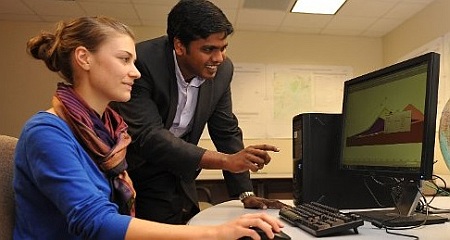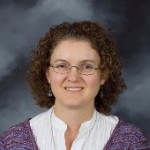Lauren N. Schaefer, PhD candidate in geological engineering, has been selected as the 2015 Marliave Scholar by the Association of Environmental and Engineering Geology (AEG) Foundation. The $4,000 scholarship recognizes outstanding scholarship and professional dedication by students in Engineering Geology or Geological Engineering. Schaefer’s PhD advisor is Thomas Oommen.



